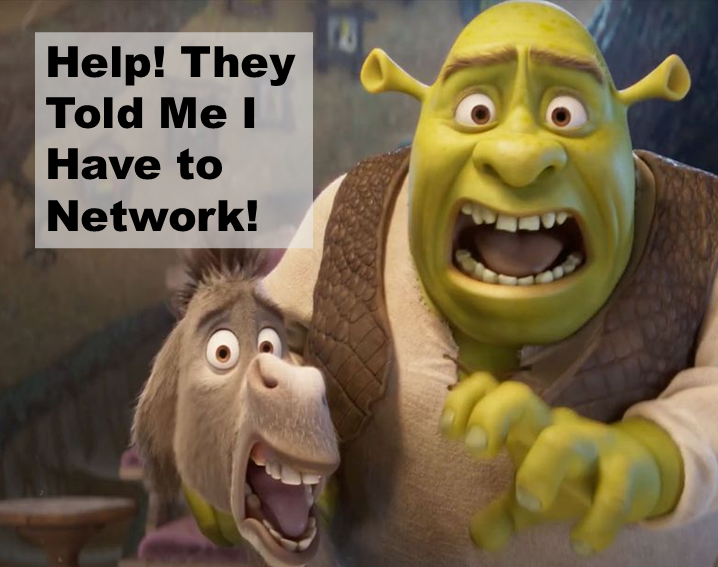Creating and nurturing healthy workplace environments is crucial for the well-being and productivity of all employees. One effective framework that can help us in this endeavor is the Traffic Light Analogy. This framework classifies workplace behaviors into three distinct categories—Red, Yellow, and Green—each representing a different level of acceptability. By understanding and applying this framework, we can significantly improve workplace interactions and foster more inclusive environments for everyone.
Understanding the Traffic Light Analogy
🔴 Red Light: Unacceptable Behaviors
Red Light behaviors are those that are unequivocally unacceptable in any workplace. These include:
- Sexual Harassment: Any unwanted sexual advances or behavior that creates a hostile environment.
- Unwanted Physical Contact: Touching someone without their consent, regardless of intent.
- Coercive Actions: Pressuring someone into making decisions against their will.
These behaviors not only violate ethical standards but also create a toxic atmosphere that can lead to severe consequences for individuals and organizations alike. It is imperative that organizations have clear policies in place to address and eliminate Red Light behaviors.
🟡 Yellow Light: Tricky Behaviors
Yellow Light behaviors are more nuanced. They may not seem harmful at first glance, but they can lead to discomfort and toxicity over time. Examples include:
- Microaggressions: Subtle, often unintentional, comments or actions that can be perceived as dismissive or derogatory.
- Gender-Related Jokes: Humor that targets specific genders, which can perpetuate stereotypes and create an uncomfortable environment.
- Dismissive Remarks: Comments that belittle others’ contributions or experiences.
🟢 Green Light: Appropriate Behaviors
Green Light behaviors are those that contribute positively to workplace culture. These include:
- Team-Building Activities: Engaging in activities that promote collaboration and camaraderie among team members.
- Open Discussions About Diversity: Creating spaces for honest conversations about diversity and inclusion.
- Recognizing Colleagues’ Achievements: Celebrating the successes of others fosters a supportive and motivating environment.
Why Are Yellow Light Behaviors Tricky?
- Subjectivity: What one person finds harmless, another may find offensive. This subjectivity complicates the identification and consistent addressing of Yellow Light behaviors. Different cultural backgrounds and personal experiences can shape perceptions, leading to misunderstandings.
- Cumulative Effect: While Yellow Light behaviors may seem minor when viewed in isolation, their cumulative effect can create a hostile environment over time. Employees may feel uncomfortable speaking up about these behaviors, fearing they will be dismissed as overreacting.
- Lack of Awareness: Many individuals may not even realize that their comments or actions fall into the Yellow Light category. This lack of awareness can lead to unintentional harm, making it essential for organizations to provide education and training on inclusivity and respect.
- Fear of Confrontation: Addressing Yellow Light behaviors can be uncomfortable. Employees may worry about damaging relationships or facing backlash for speaking up. This fear can perpetuate a cycle of silence, allowing these behaviors to persist.
What Should We Do About Yellow Light Behaviors?
To effectively address Yellow Light behaviors, organizations can take several proactive steps:
- Encourage Open Dialogue: Fostering a culture where employees feel safe discussing their concerns is crucial. This can be achieved through regular check-ins, anonymous feedback channels, and open forums for discussion.
- Provide Training: Implementing training programs that help employees recognize and address Yellow Light behaviors is essential. Workshops on inclusivity, communication, and conflict resolution can equip employees with the tools they need to navigate these tricky situations.
- Lead by Example: Leaders play a critical role in shaping workplace culture. By modeling appropriate behavior and addressing issues constructively, leaders can set a standard for others to follow. This includes acknowledging mistakes and being open to feedback.
Conclusion
Let’s take proactive steps to enhance our workplace interactions and commit to fostering an inclusive environment for all. By understanding and applying the Traffic Light Analogy, we can create a healthier, more supportive workplace where everyone feels valued and respected. Together, we can drive meaningful change and ensure that our workplaces are safe and welcoming for everyone.
Feature photo: Stockphoto
For further information or if you have any questions, please do not hesitate to contact me.



